Rust is the hated nemesis of all antique automobile enthusiasts. It sneaks in softly, destroying the beauty and integrity of your beloved asset. Fear not, fellow old automobile enthusiasts! This detailed book will provide ten Vintage Car Rust Removal ways to combat rust and revitalize your beloved antique vehicle.
Whether you’re a seasoned restoration or fresh to the world of historic vehicles, these strategies can help you save your automotive gem for future generations. Prepare to roll up your sleeves and learn the secrets of maintaining your antique beauty, which is rust-free and roadworthy!
1. The Value of Early Detection
Before we go into Vintage Car Rust Removal strategies, let’s speak about prevention. Regular inspections are the first line of protection against rust. Make it a practice to properly inspect your antique automobile at least once a month, giving special attention to known problem areas.
- Wheelwells and Fenders.
- Floorboards.
- Trunk area.
- Door bottoms and rocker panels.
- Frame Rails.
Early detection can save you numerous hours and money in the long run. Remember: rust never sleeps!
2. Chemical Rust Converters, Your Secret Weapon
One of the most effective ways to combat existing rust is to use chemical rust converters. These products convert iron oxide (rust) to a more stable molecule, usually iron tannate. Here’s how you utilize them:
- Clean the rusted area thoroughly.
- Apply the converter according to the manufacturer’s instructions.
- Let it dry fully.
- Sand the treated area gently.
- Use primer and paint as needed.
Use converters containing tannic acid or phosphoric acid for the greatest results.
3. Mechanical Removal
Sometimes, old-fashioned elbow grease is the best option. To remove surface rust, use these mechanical methods:
- Wire brushing (hand or power tool).
- Sanding (beginning with coarse grit and working your way to fine)
- Sandblasting (big areas or persistent corrosion).
- Use appropriate protection gear, such as a dust mask and safety goggles!
4. Electrolysis
For detachable parts, electrolysis can be a game changer. This approach employs electricity to eliminate rust without harming the underlying metal. Here’s the basic setup:
- Fill a plastic container with water, then add washing soda.
- Connect a battery charger’s negative terminal to the rusty section.
- Connect the positive terminal with a sacrificial piece of metal.
- Allow it to run for 12-24 hours, depending on the degree of rust.
While efficient, this strategy necessitates careful planning and monitoring. Always emphasize safety while working with electricity or water!
5. Citric Acid: Nature’s Rust-Buster
Looking for a more natural approach? Citric acid could be the answer. This organic chemical is very effective in removing rust from smaller pieces. Here’s how.
- Prepare a solution of citric acid and warm water.
- Submerge the rusted pieces.
- Let them soak for 24 to 48 hours.
- Rinse well and dry promptly.
Bonus: This approach is both ecologically friendly and safe for use indoors!
6. Heat Treatment: For Tough Cases
Heat can be useful when dealing with highly corroded bolts or components. Using the oxyacetylene torch:
- Heat the corroded spot until it becomes cherry red.
- Let it cool slowly.
- Rust should peel off readily.
Caution: This procedure requires prior experience and appropriate safety equipment. If you need more clarification, talk to a professional.
7. Rust Encapsulation: When Removal Is Not an Option?
Sometimes, total rust removal is not practicable. Rust encapsulation solutions can be helpful in these situations. Specialized paints and coatings:
- Seal existing rust to prevent its spread.
- Provide a paintable surface.
- Provide long-lasting protection.
It is ideal for sections like flooring or trunk pans when replacement is not feasible.
8. Power of Penetrating Oils
Penetrating oils are quite useful for seized bolts and tight locations. Products like PB Blaster and Kroil may perform miracles.
- Apply liberally on the rusty area.
- Allow to soak for many hours or overnight.
- Try to loosen the part.
- Reapply and repeat as needed.
Patience is crucial here; allow the oil time to perform its magic.
9. Dry Ice Blasting: The Coolest New Kid on the Block
This unique technology employs dry ice pellets driven at high speeds to remove rust:
- Environmentally friendly (no chemical residues)
- Non-abrasive to the underlying metal.
- Reaches narrow spaces and complicated geometry.
While equipment rental might be costly, the benefits are frequently worthwhile for bigger restoration operations.
10. Professional Media Blasting: When to Call in Experts
Professional media blasting may be your best option for full-body repairs or exceptionally difficult rust problems. Experts employ a variety of media formats:
- Glass beads.
- Walnut shells.
- Plastic medium..
- Soda.
Each has benefits based on the rust’s degree and the underlying metal’s condition. While more expensive than DIY approaches, professional blasting assures complete rust removal and prepares the surface ideally for restoration.
Summary
Combating rust on your historic automobile may be overwhelming, but with these ten tried-and-true strategies, you’ll be prepared to handle even the most obstinate oxidation. Remember that the key to successful rust removal is selecting the best procedure for your unique scenario and adhering to adequate safety precautions.
As you begin your rust removal adventure, bear in mind that patience and tenacity are your best allies. Rust did not emerge overnight and will not dissipate in an instant. However, with commitment and the appropriate method, you can restore your antique automobile to its former grandeur, guaranteeing it attracts attention for years.
FAQs
How long does rust removal usually take?
The time required varies substantially depending on the procedure and the amount of rust. Simple surface rust may take a few hours to cure, but deep rust may take days or weeks.
Can I keep rust from resurfacing after removal?
Regular cleaning, waxing, and keeping your antique vehicle in a dry atmosphere are essential. Furthermore, following rust removal, use a high-quality priming and paint system for exceptional protection.
Is removing rust from a historic automobile worthwhile, or should I replace the afflicted parts?
This is determined by the car’s worth, the amount of rust damage, and your restoration aspirations. Maintaining the original metal is frequently chosen for rare or very costly automobiles. For more prevalent models, replacement may be more cost-efficient.
What is the best rust-removal approach for beginners?
Chemical rust converters are often the most user-friendly solution for novices. They are simple to use and do not require any particular tools or skills.
Can rust go from one component of the automobile to another?
Yes, rust may spread. Rust particles might get airborne during the cleaning procedure and end up in other automobile areas. Operating in a safe setting and properly cleaning after each rust removal session is critical.


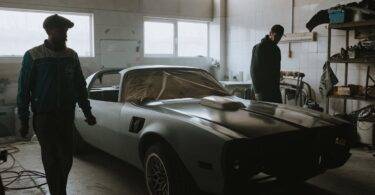
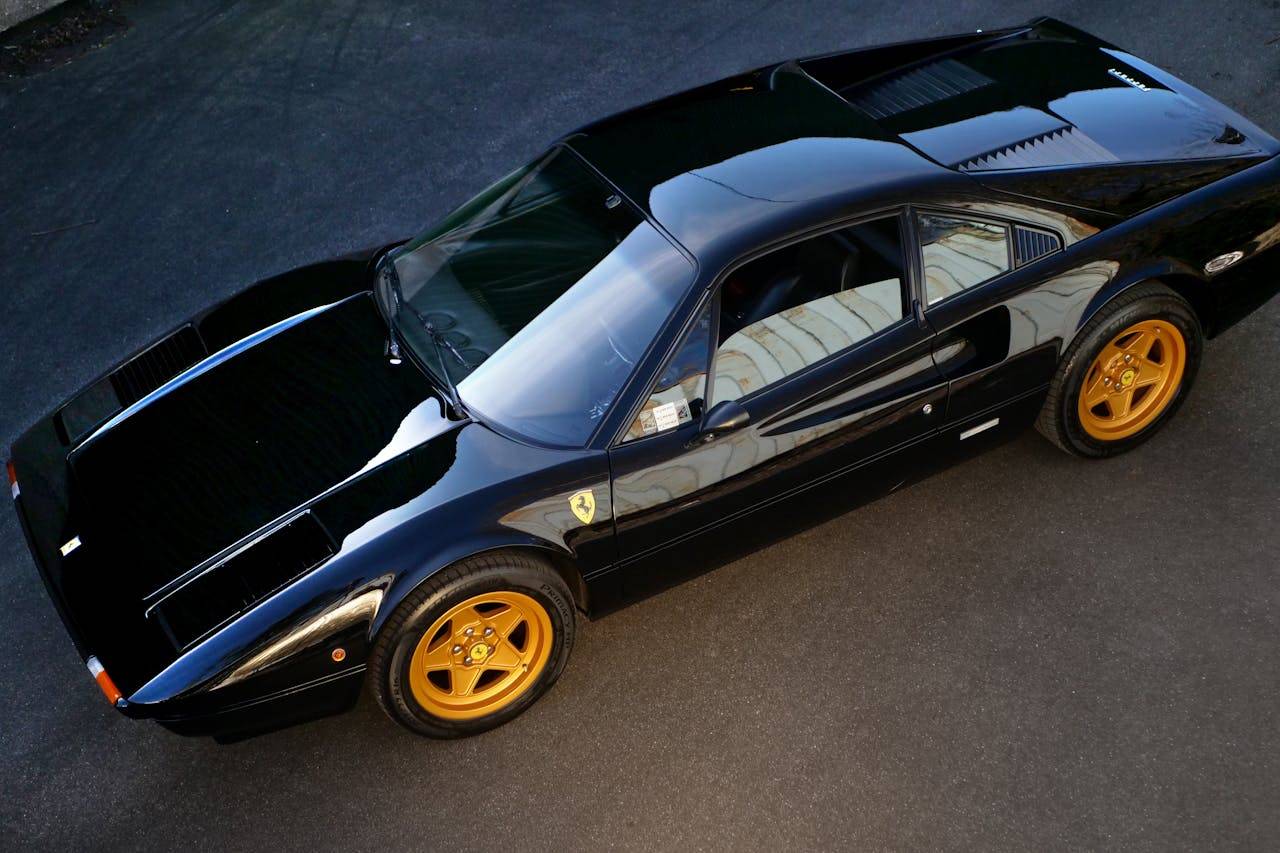
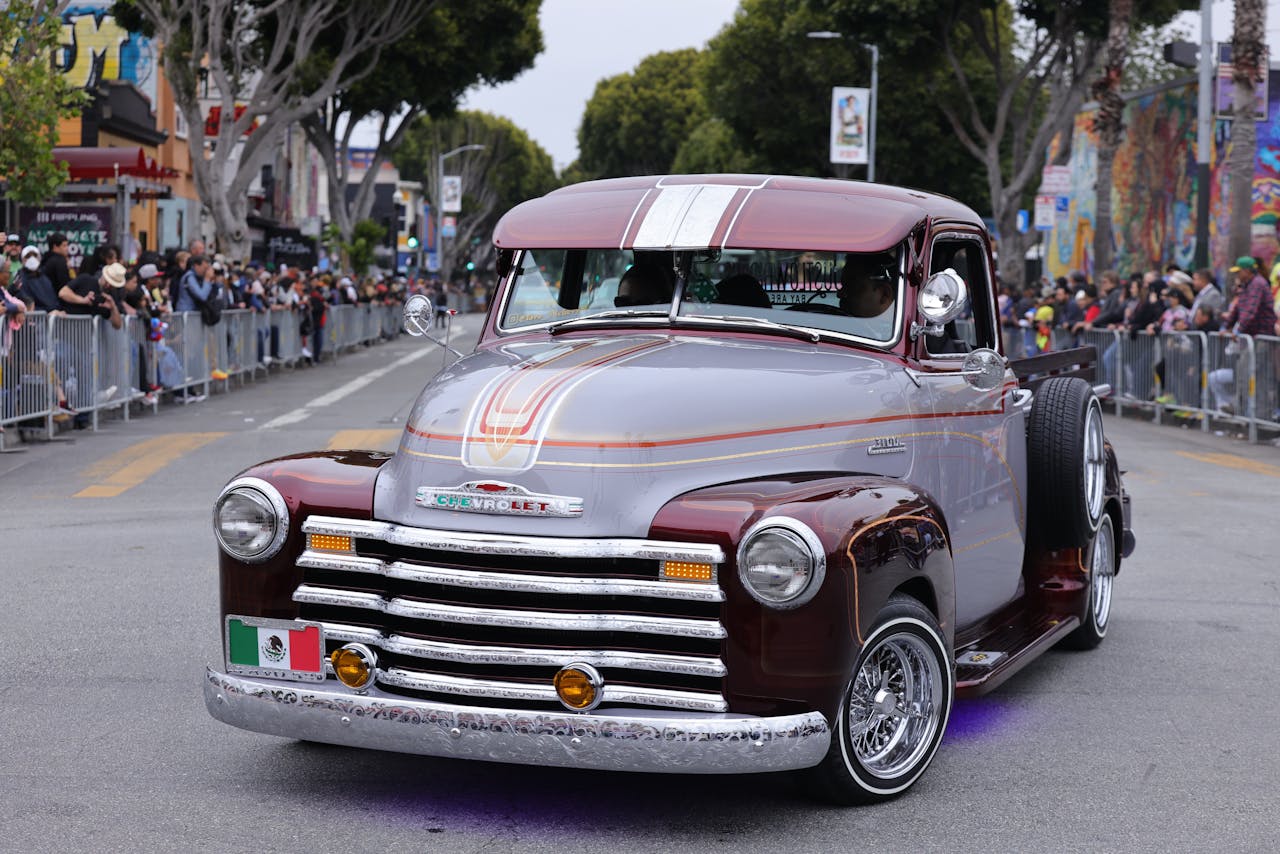
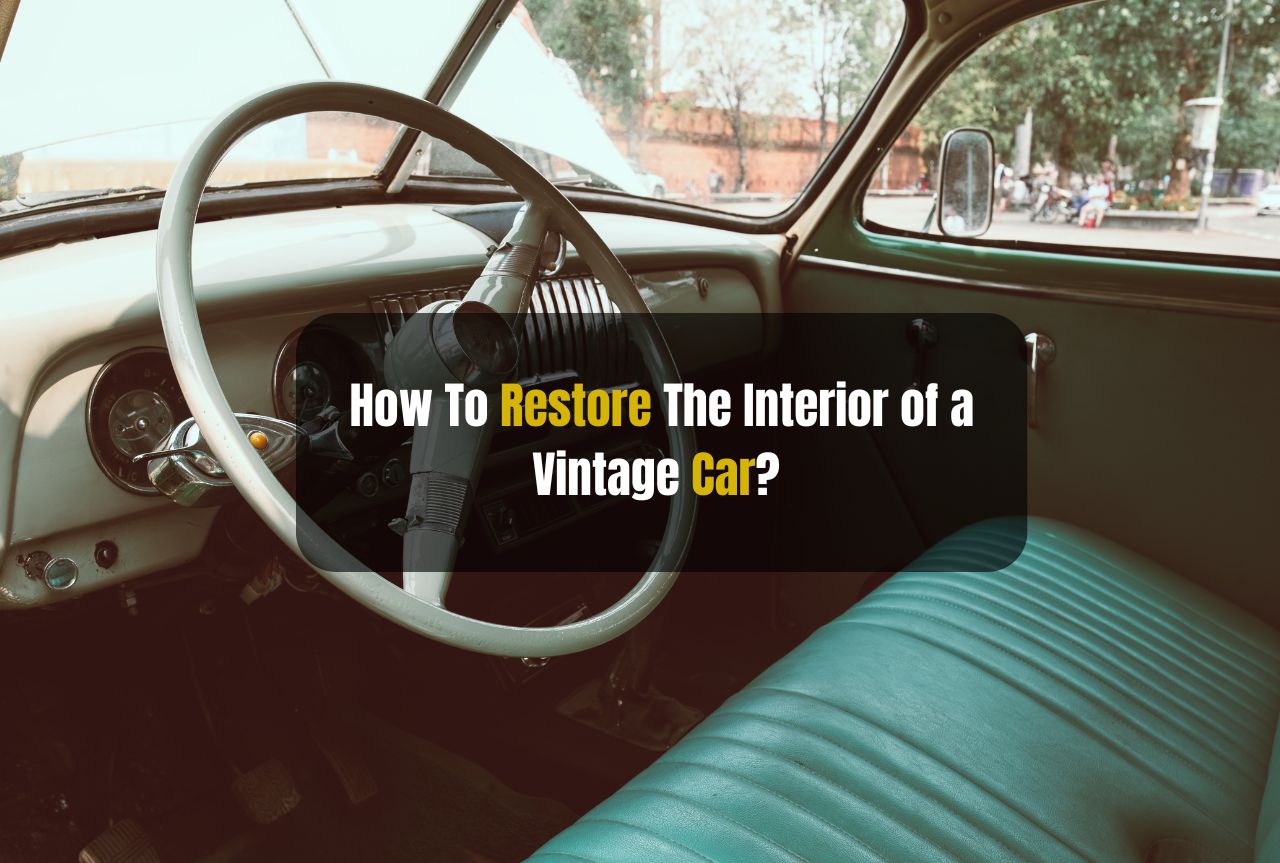
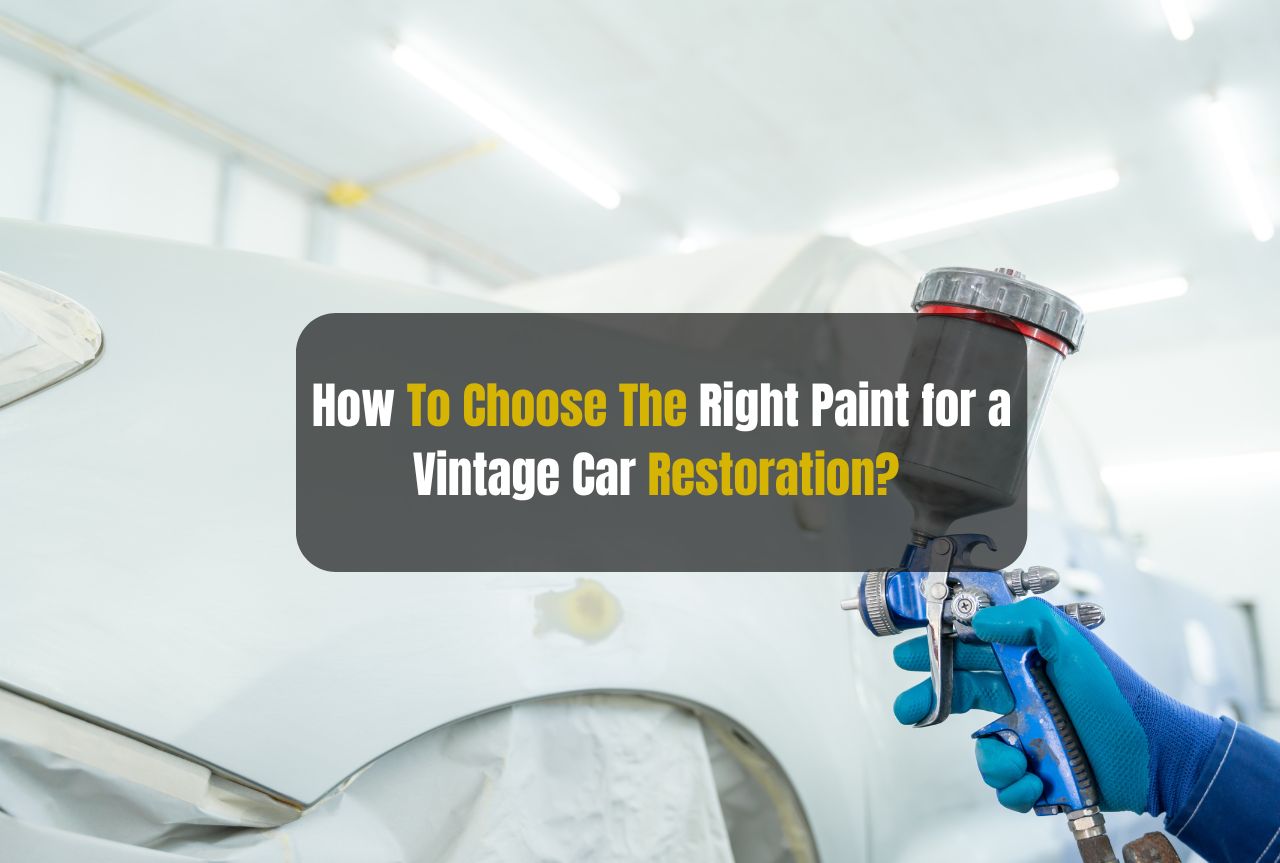

Leave a Comment